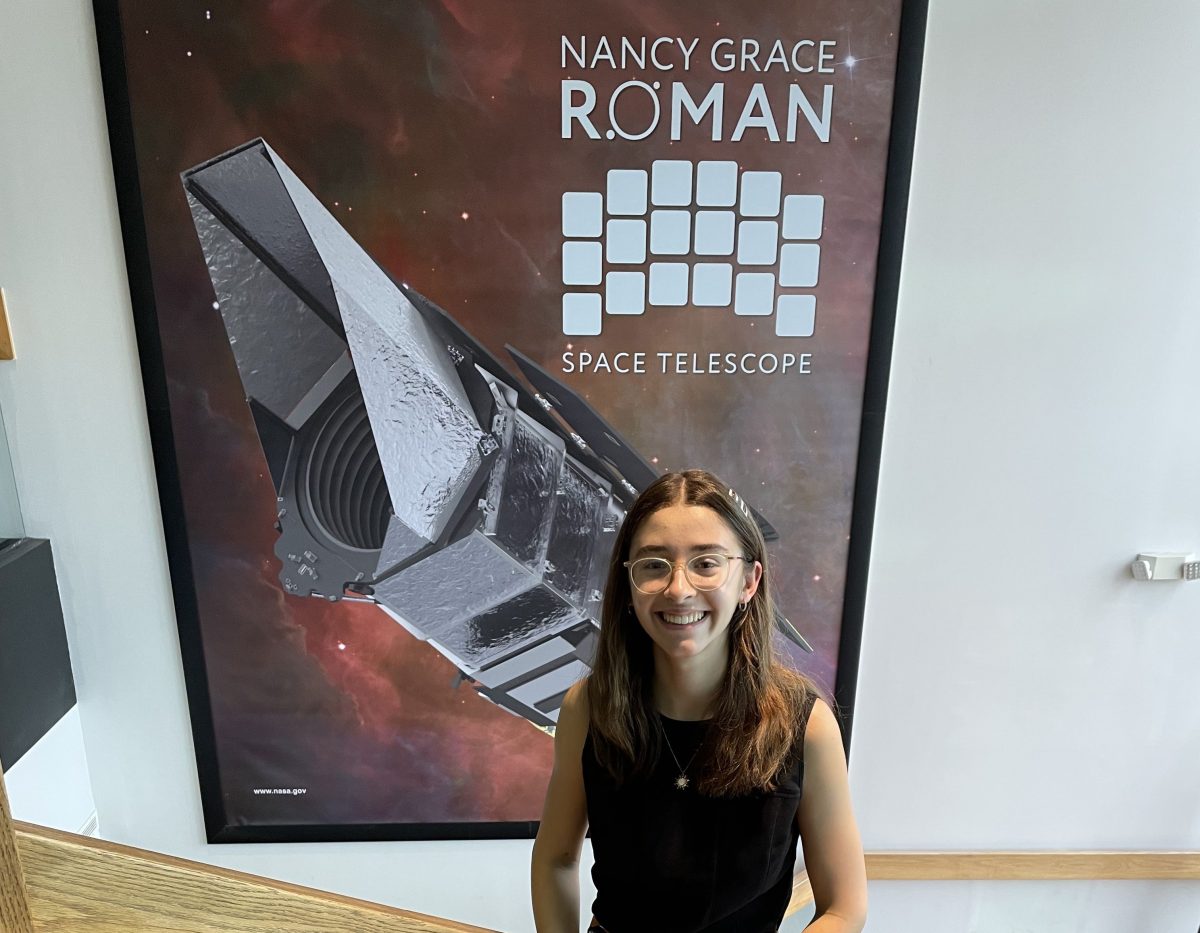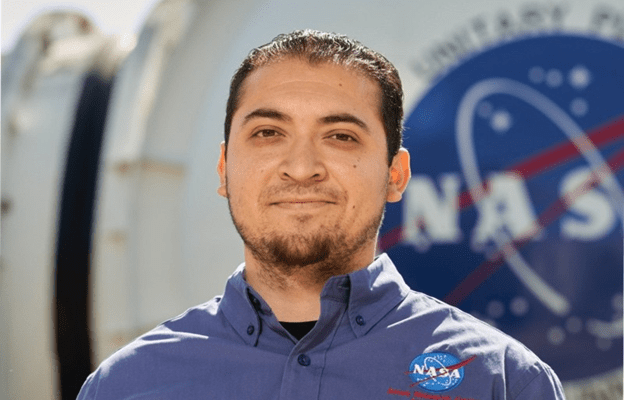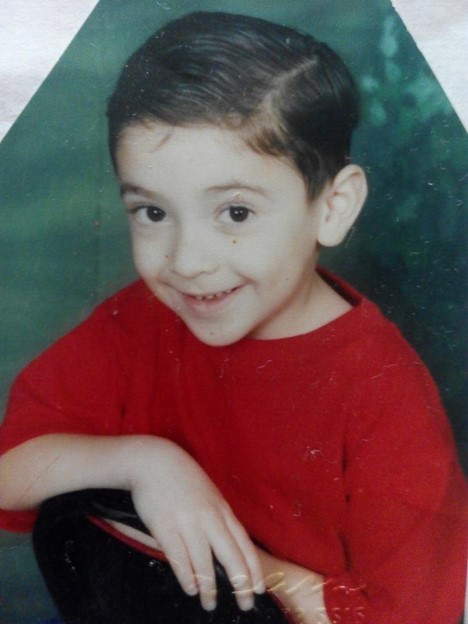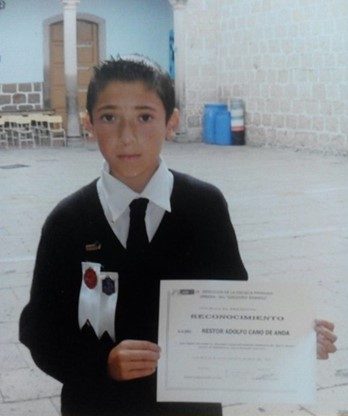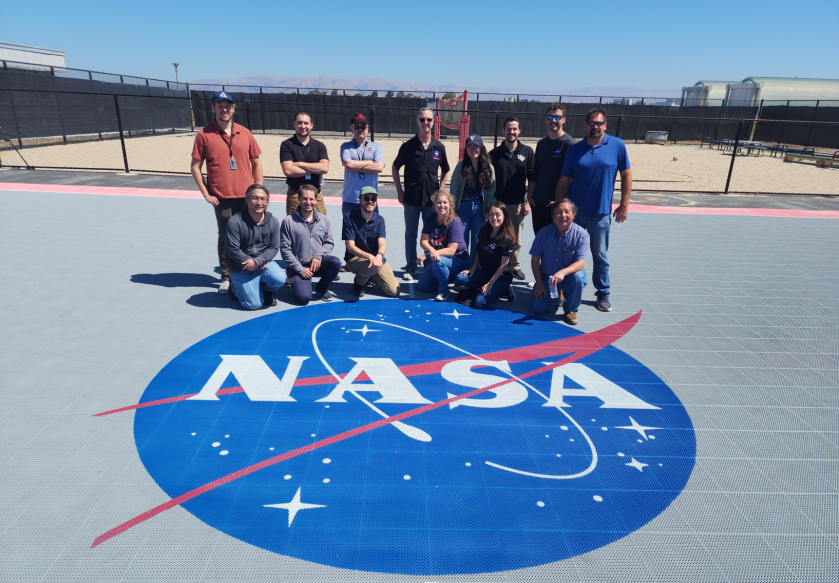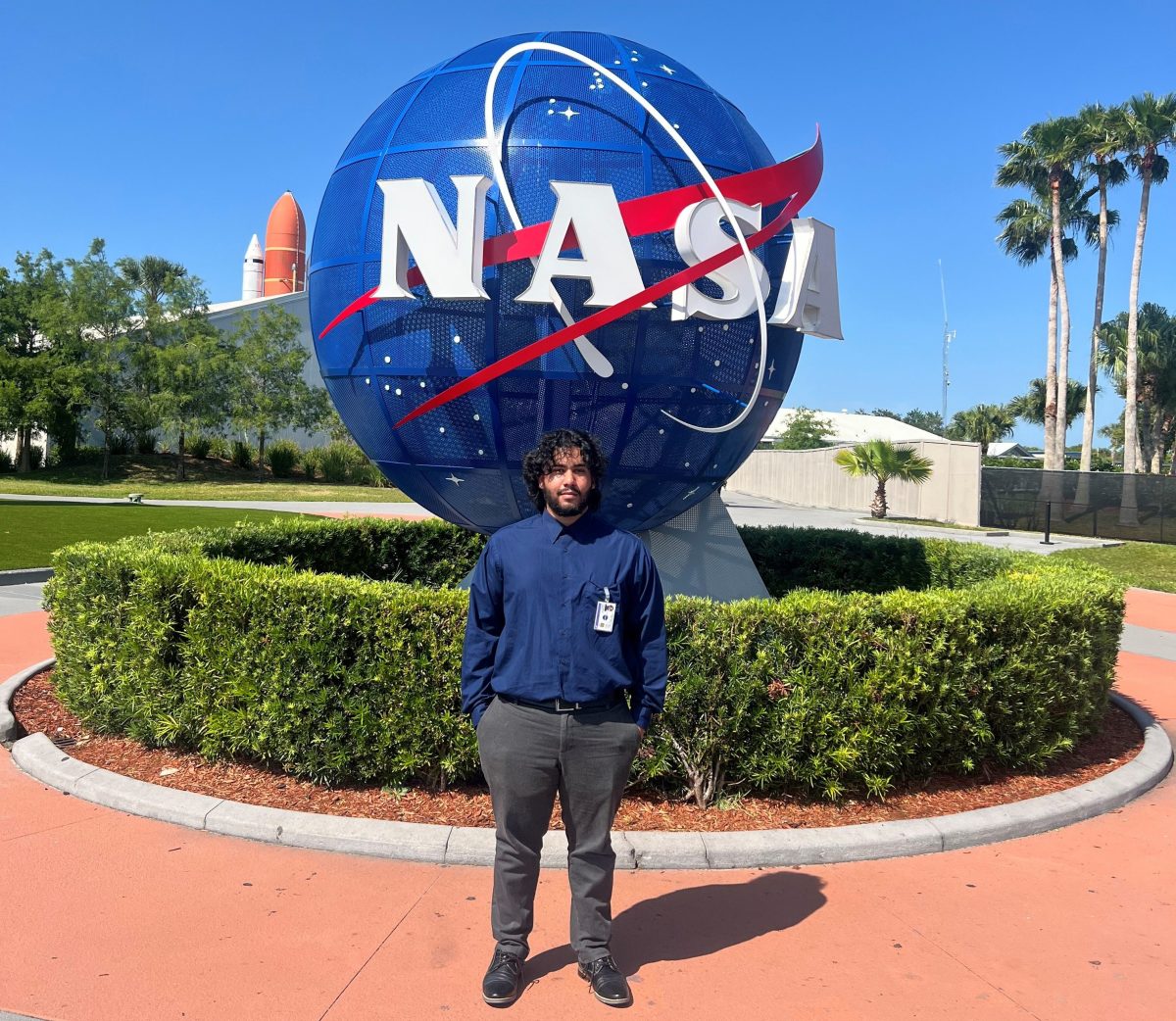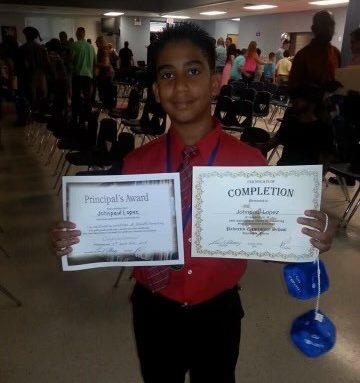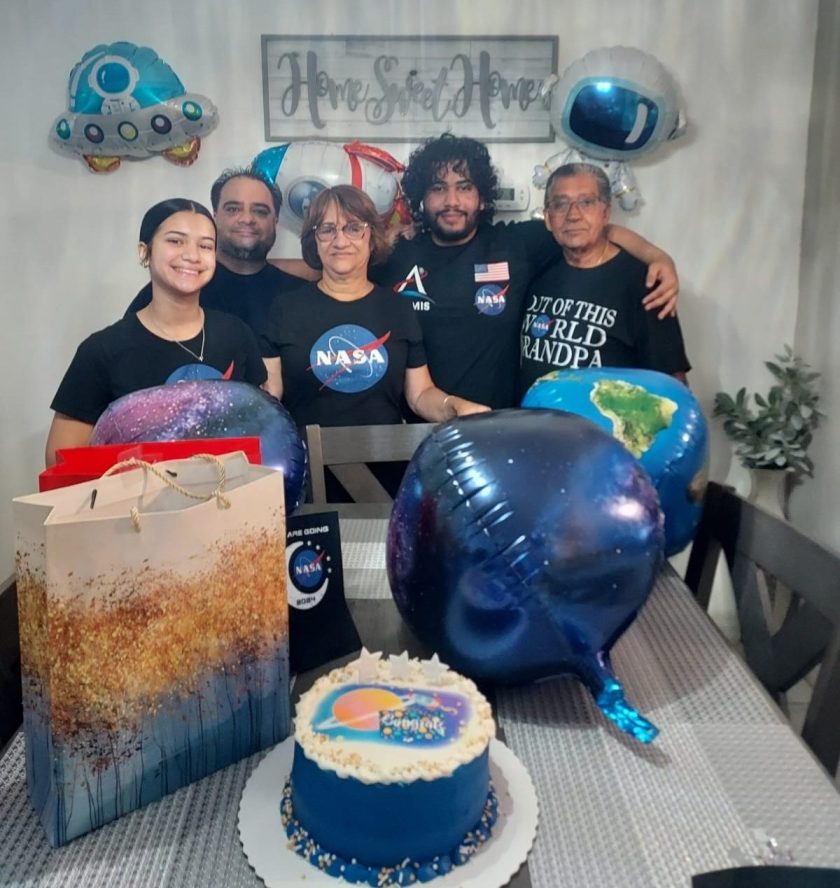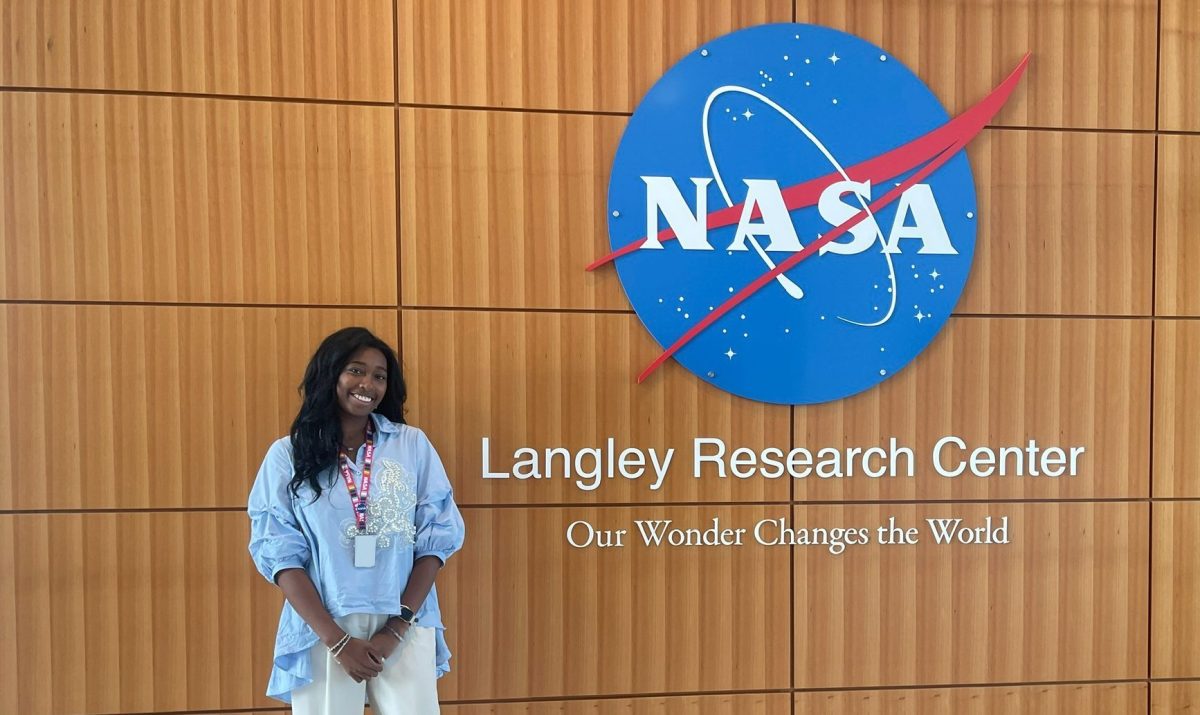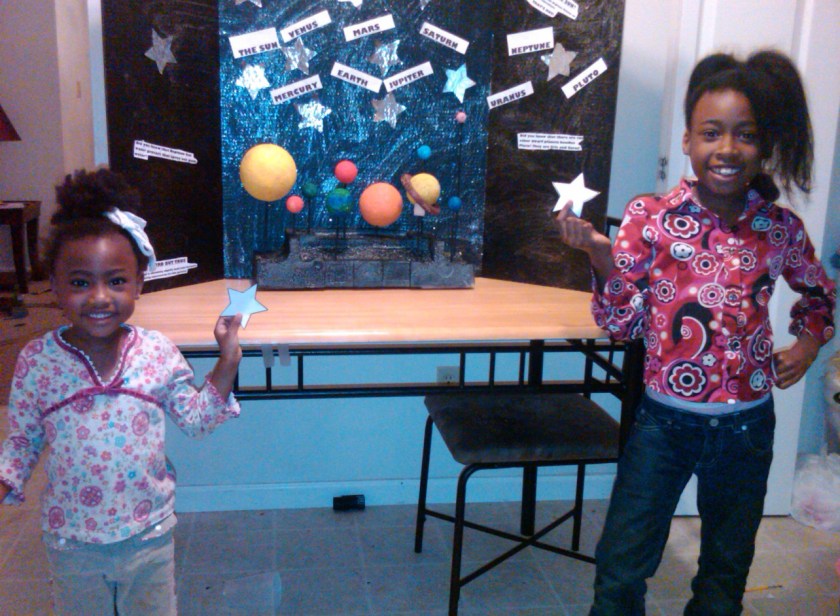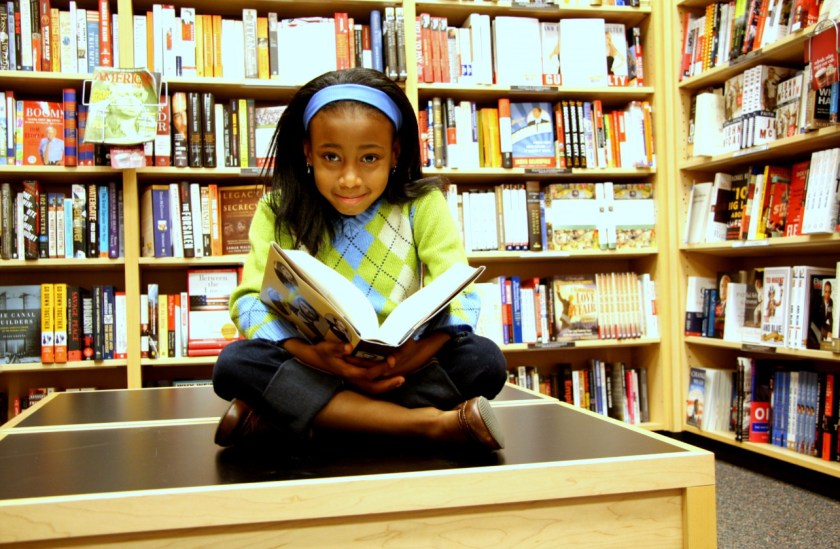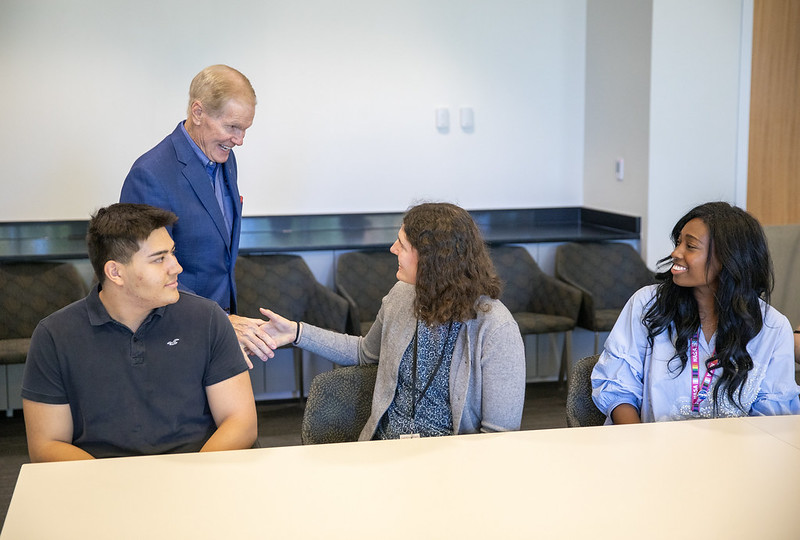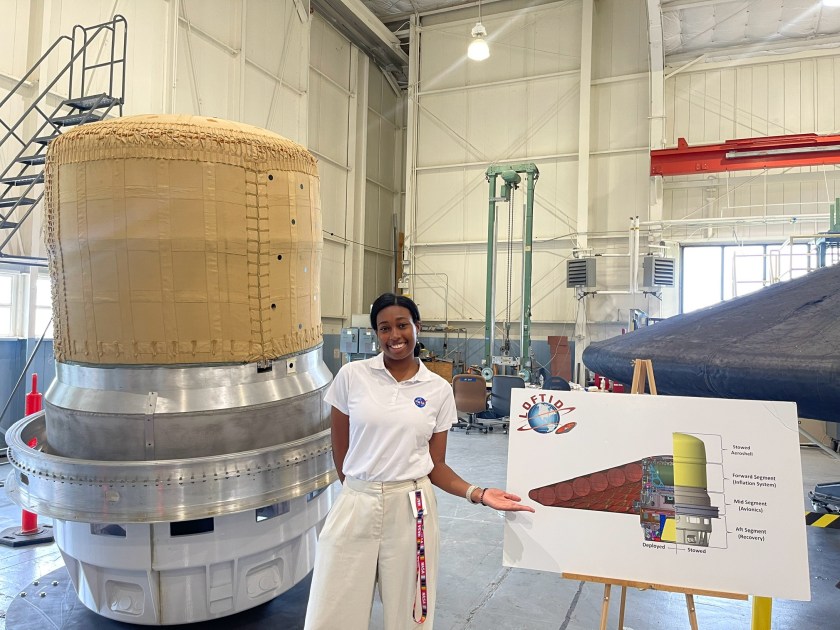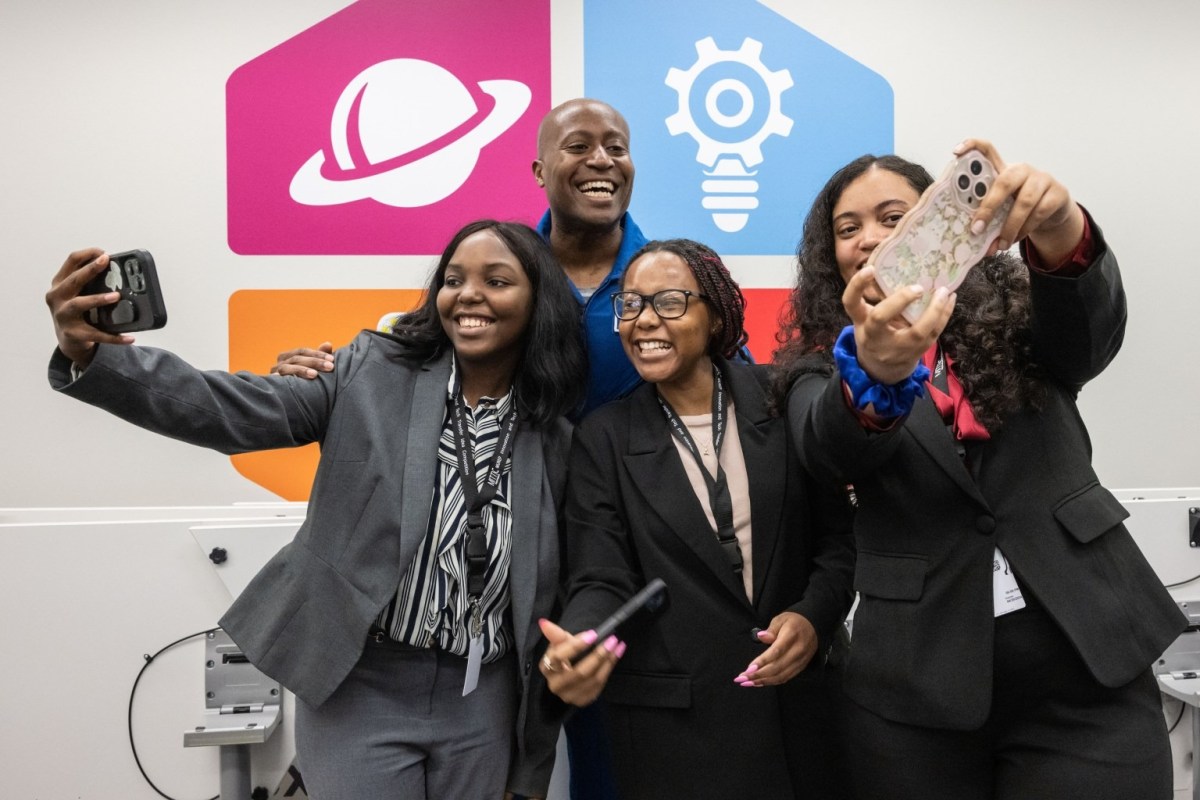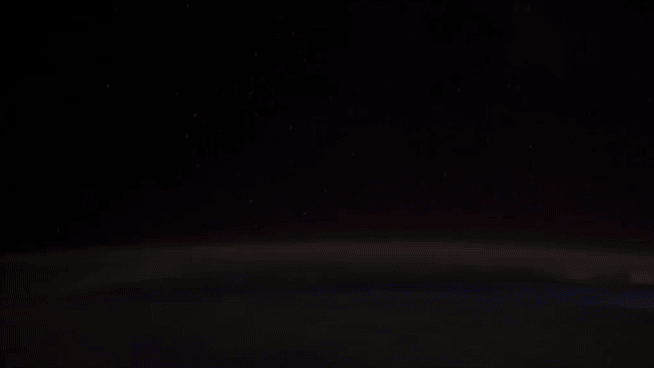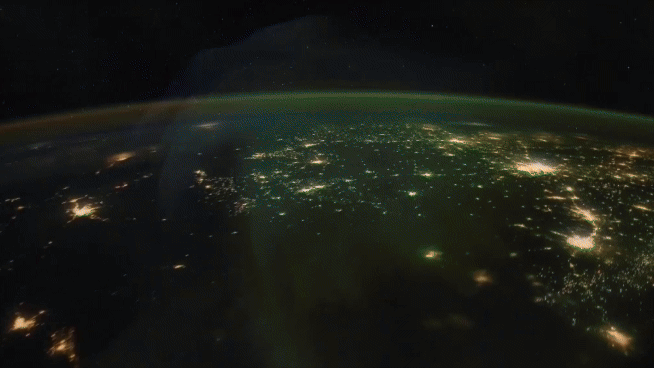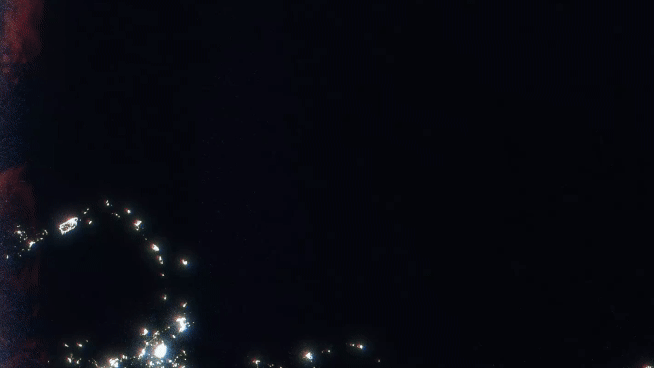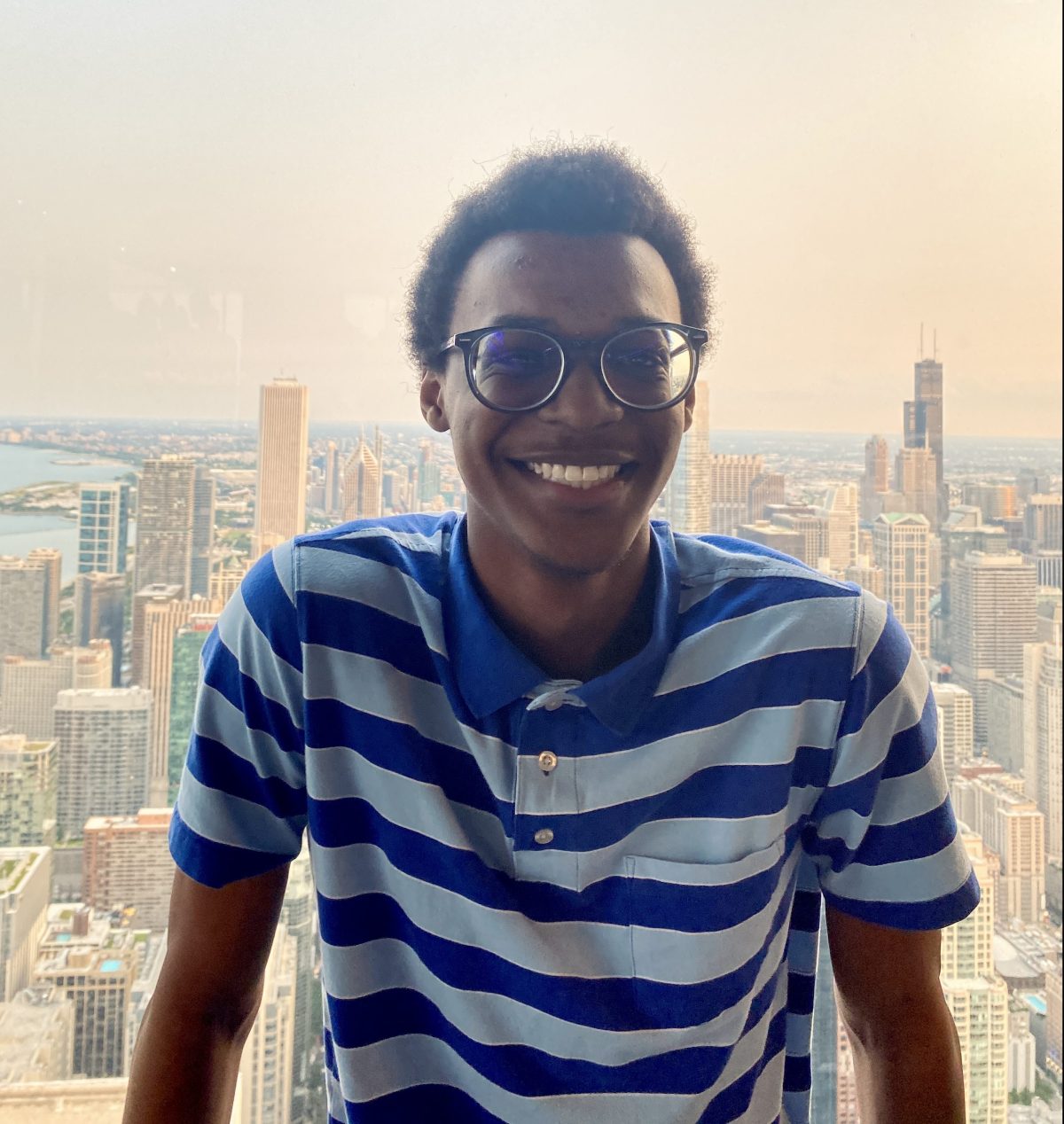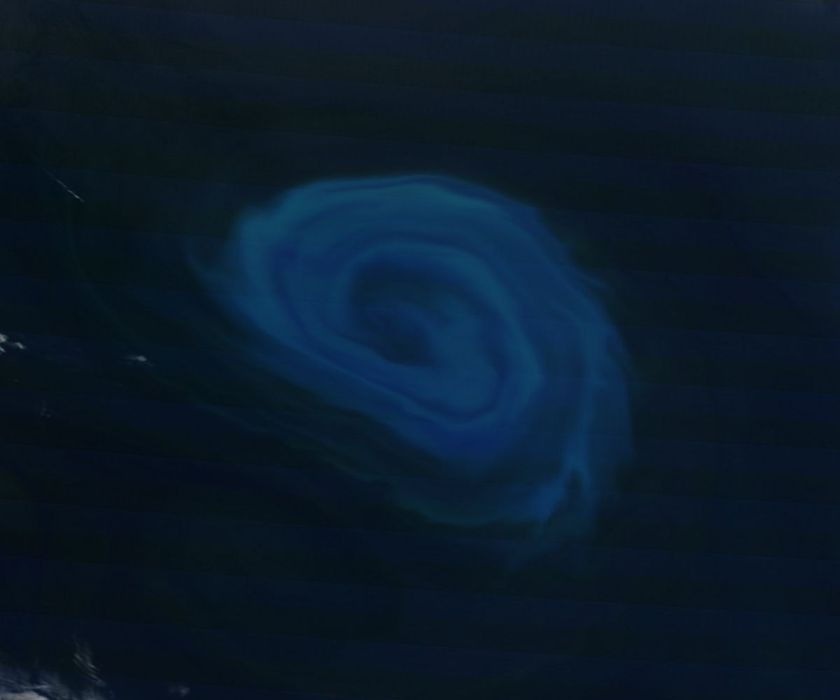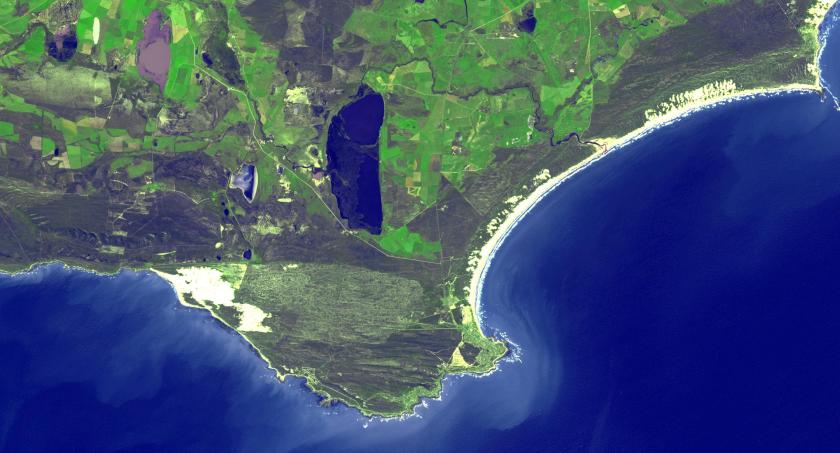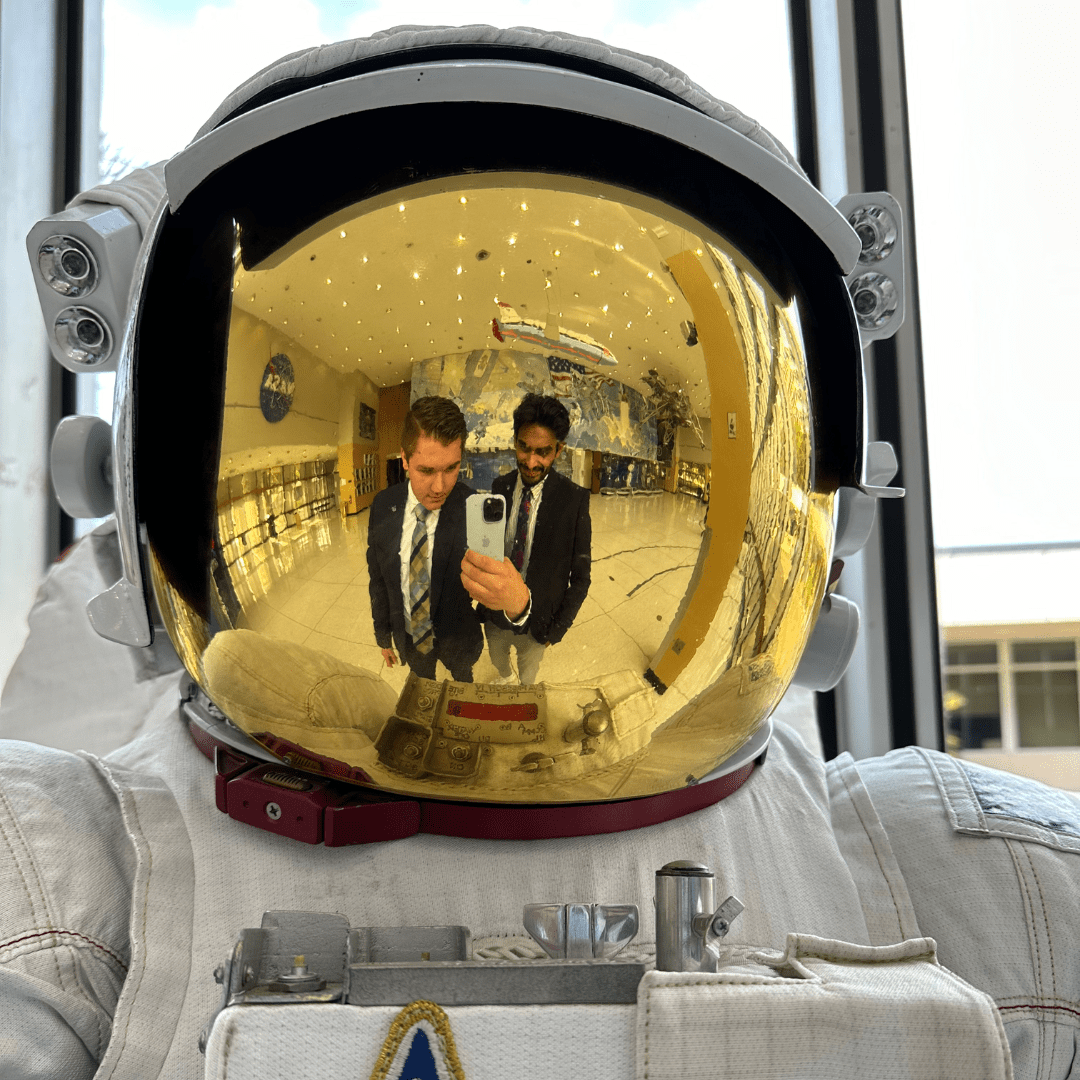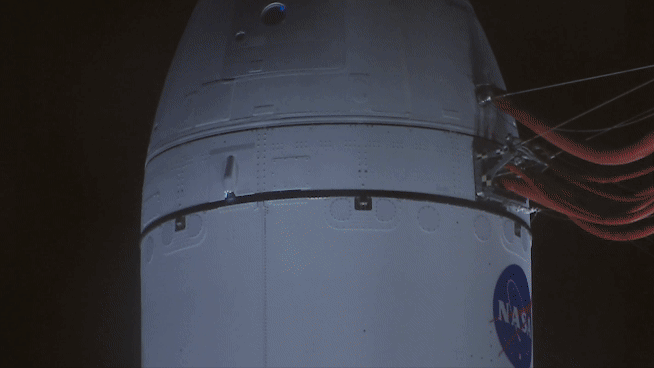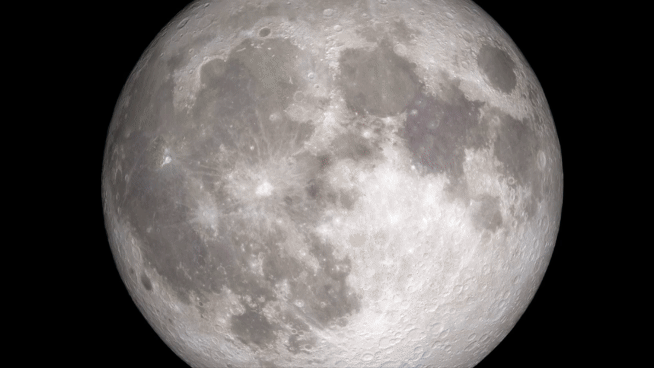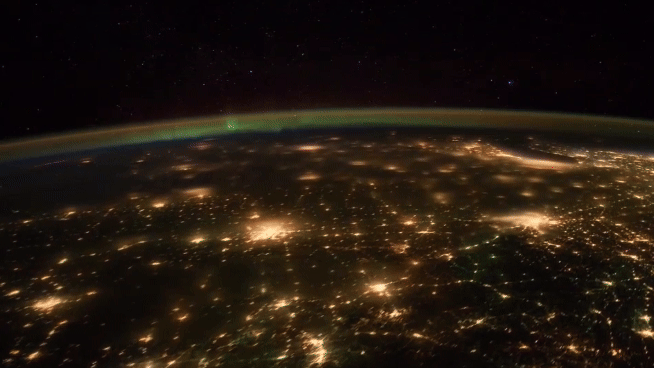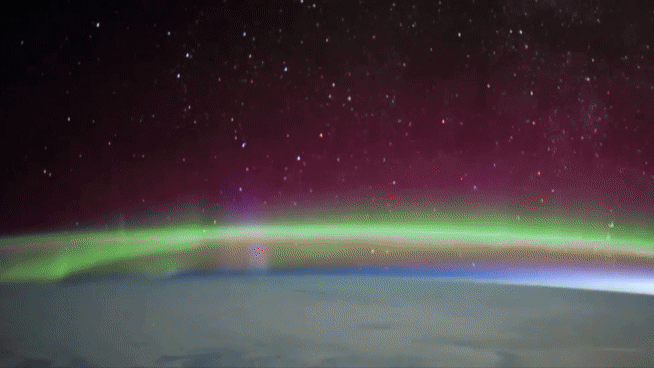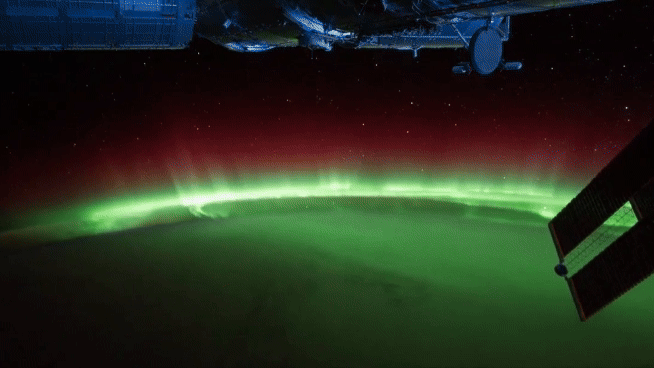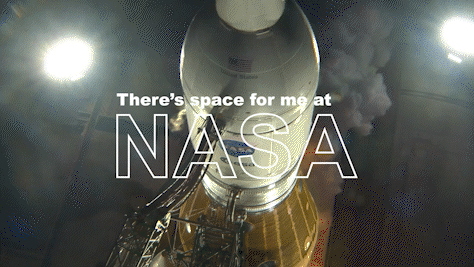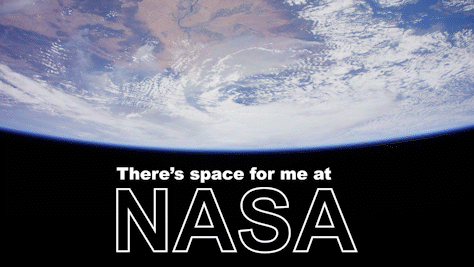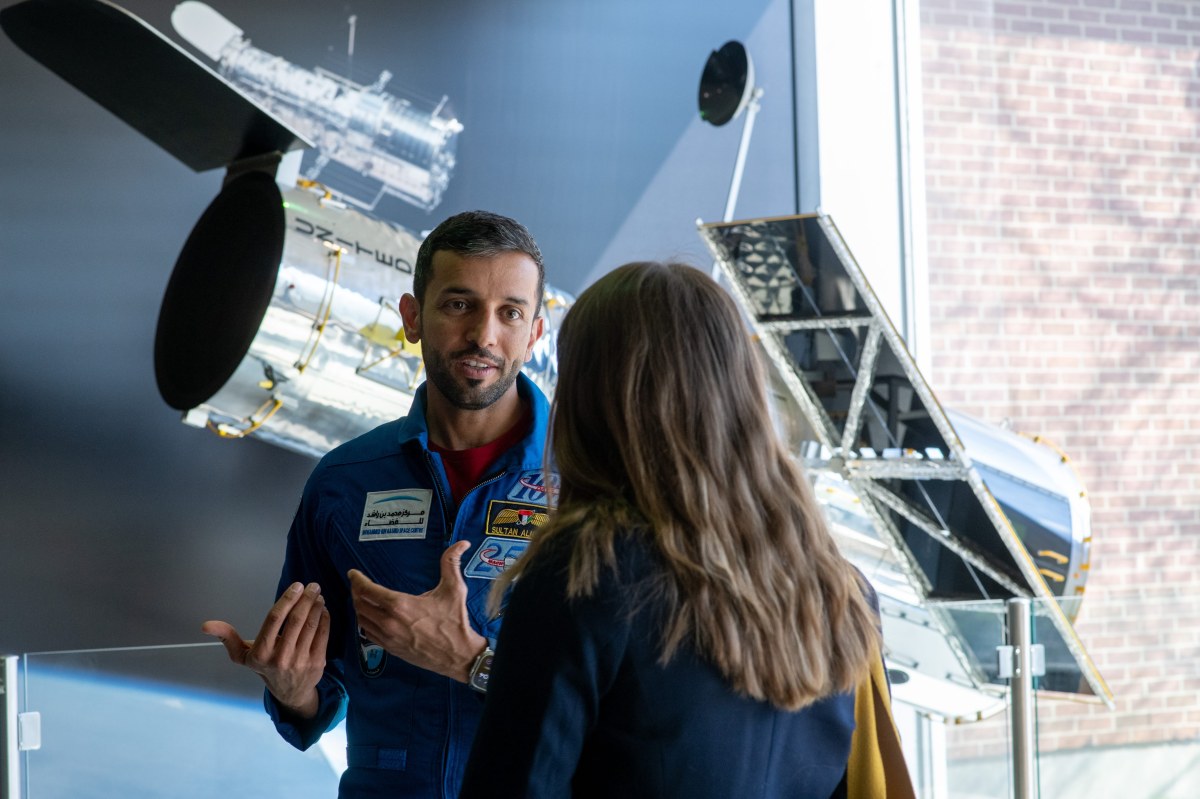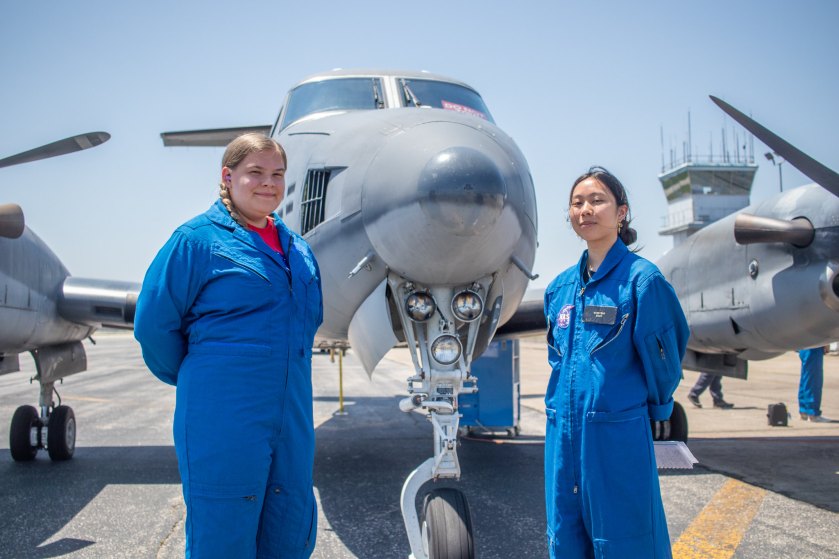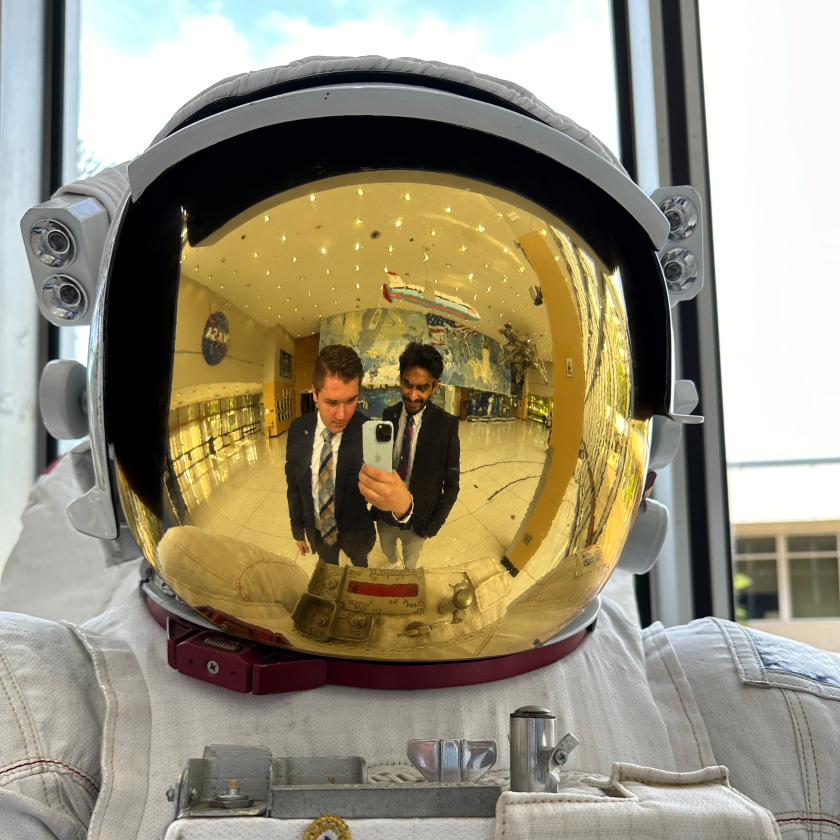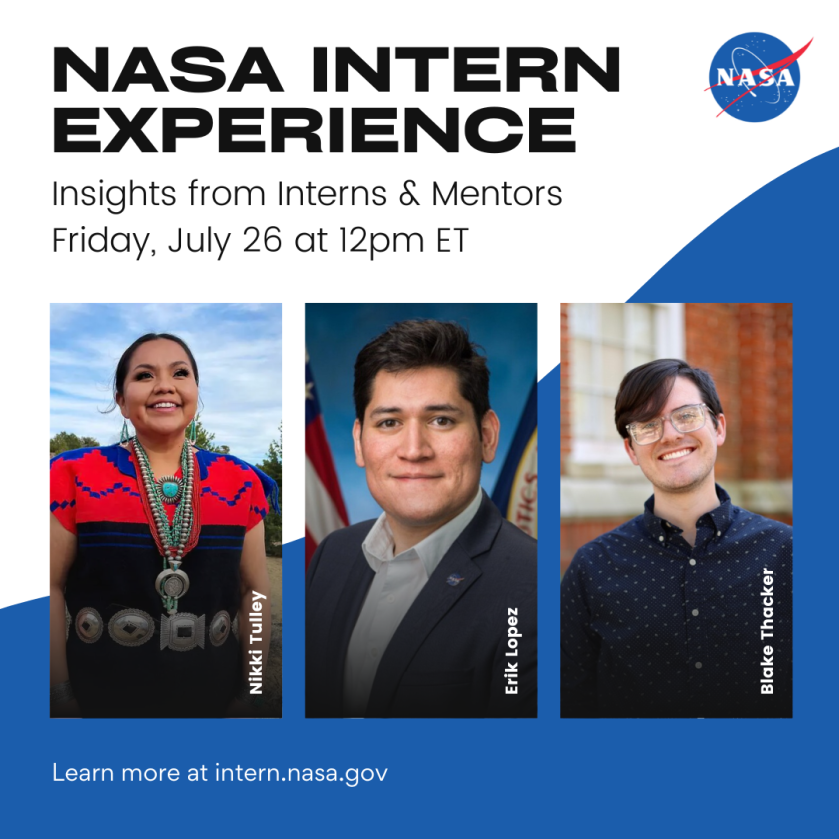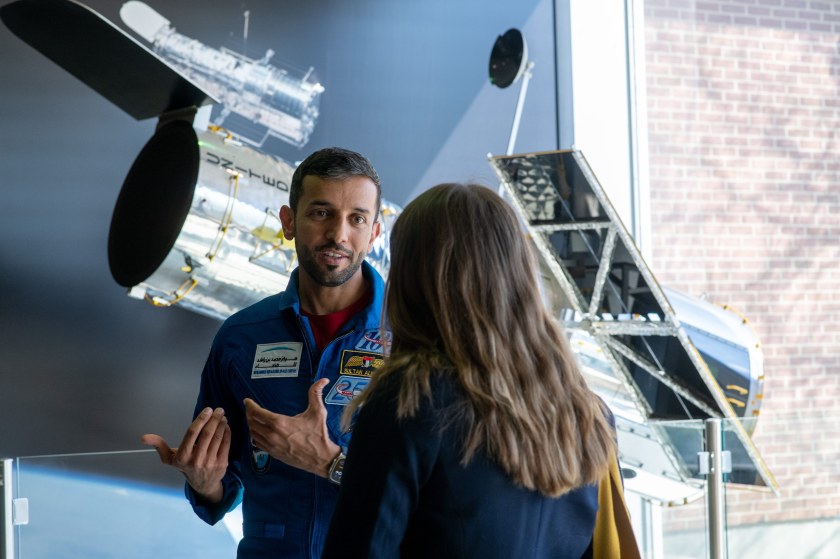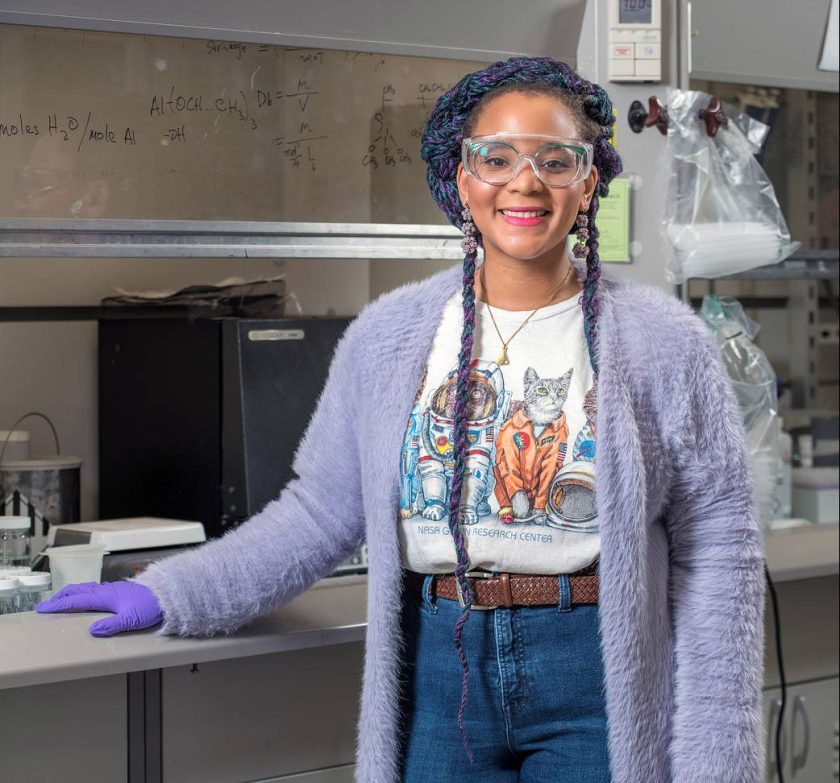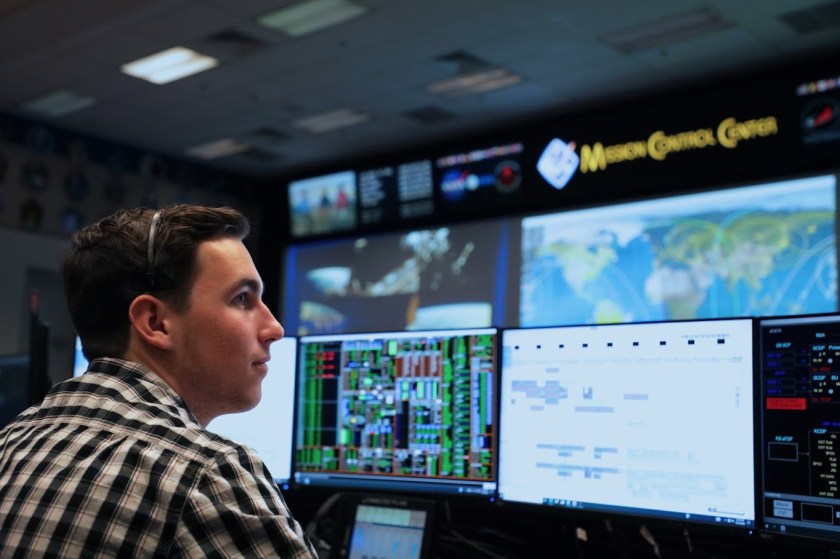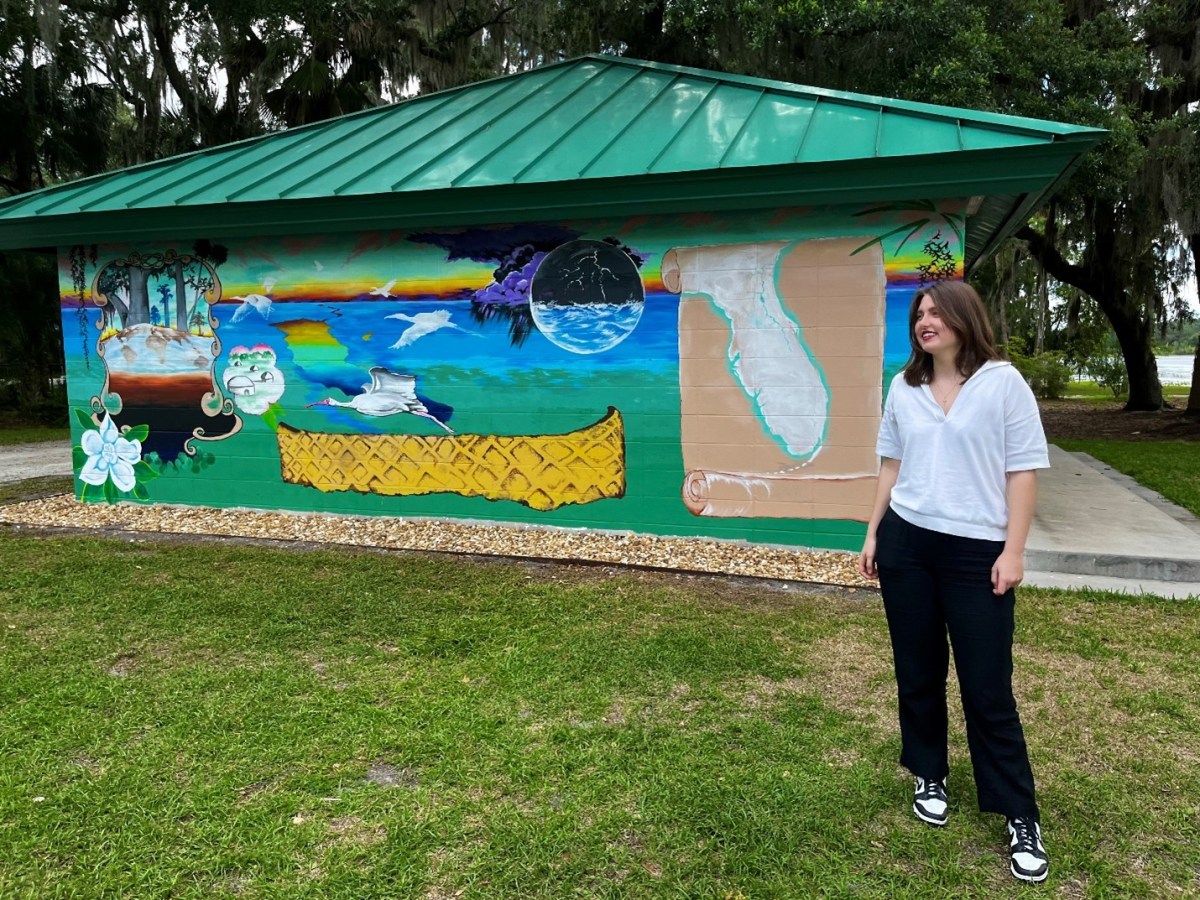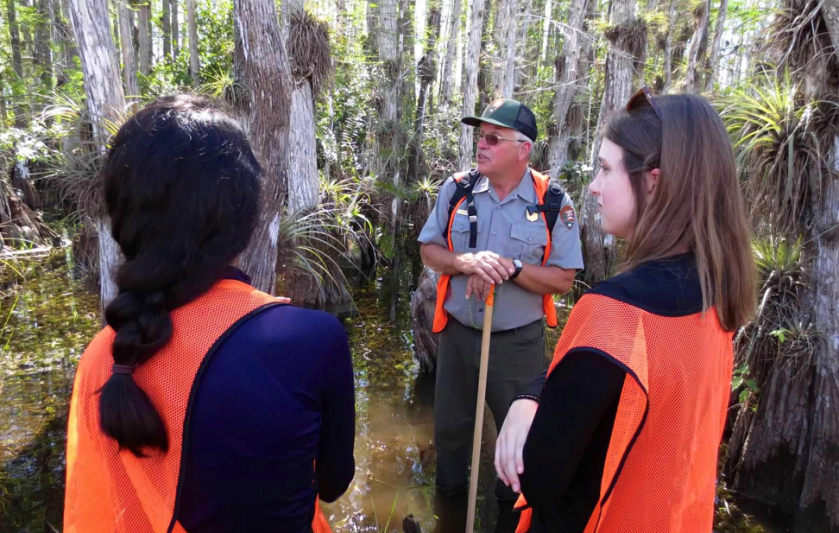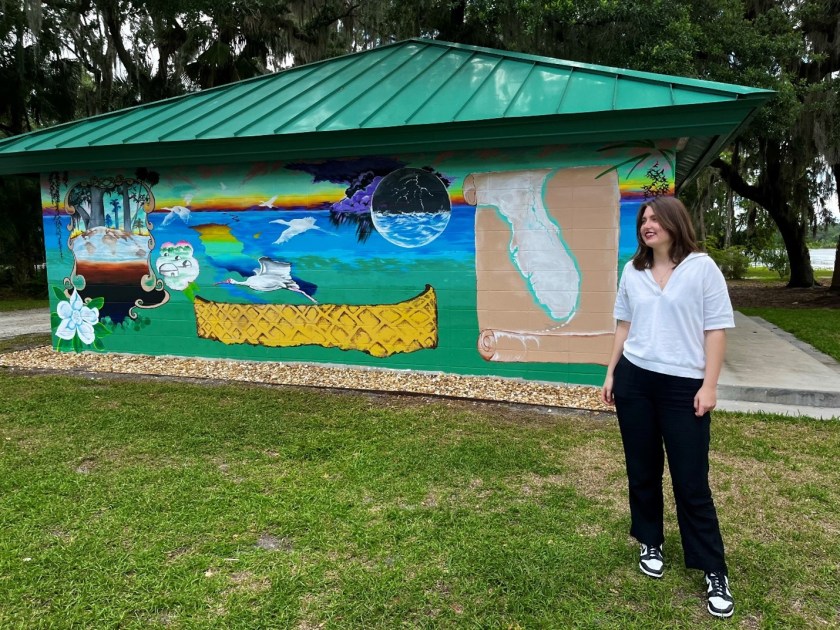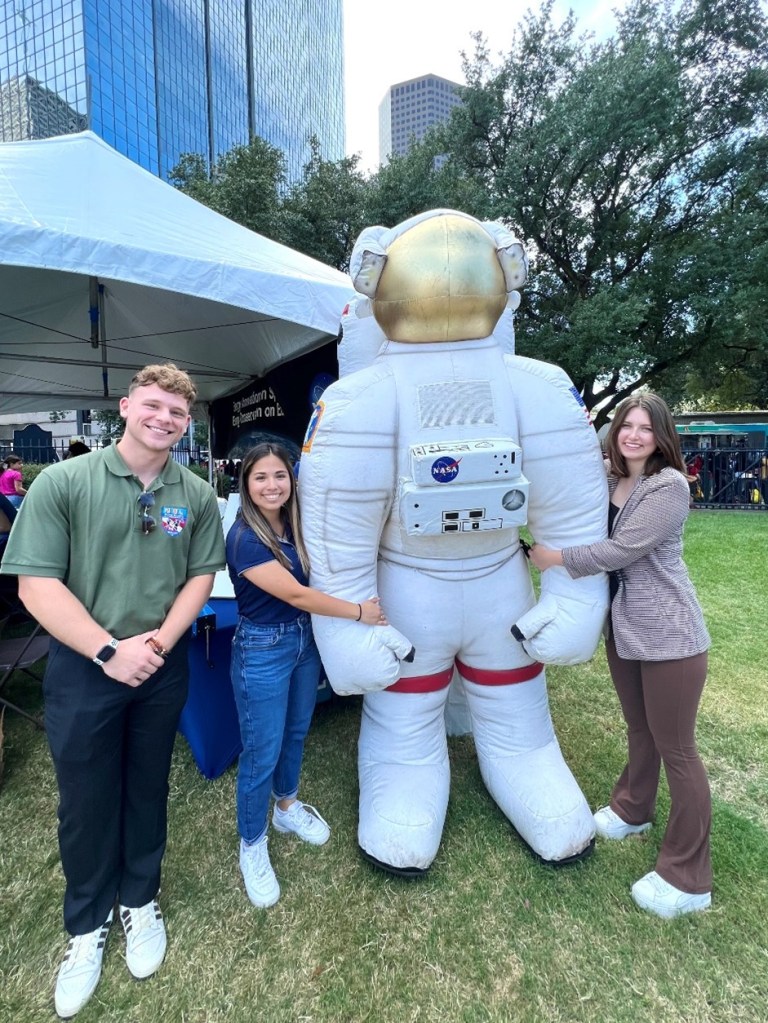As a summer intern at NASA Goddard Space Flight Center in Greenbelt, Maryland, Nora Lowe played a role in supporting NASA’s upcoming flagship mission, the Nancy Grace Roman Telescope. This project is a NASA observatory designed to investigate inquiries about dark energy, exoplanets, and infrared astrophysics. Lowe was tasked with assisting in the reporting and publicizing of the telescope’s developmental milestones. Her responsibilities included copywriting stories, social media writing, and editing.
“I was lucky enough to stumble upon NASA Goddard’s Science Journalism, Multimedia, and Social Media Internships through the NASA STEM Gateway website,” Lowe recalled. “The role description explained that interns will gain on-the-job experience with a leading team of writers and multimedia producers to create and share content from NASA’s science missions. It was perfectly suited to my career goals.”
Lowe’s internship was not her first experience with NASA. As a high school sophomore, Lowe applied to a NASA-sponsored competition to name the Mars rover later named Perseverance. She named her submission after an animal known for its resilience and ability to survive environmental extremes, which she felt was fitting for a Mars Rover. While her submission was not chosen, she was grateful for the chance to interact with the agency at a young age.
“It progressed past some rounds of review, but was not selected, which I’m ultimately grateful for, because it doesn’t exactly roll off the tongue. The engineers ultimately etched the 155 semifinalist essays onto silicon chips to launch up with the rover, so my words ended up on the Red Planet nonetheless! That was my first interaction with NASA, and it was so formative that I vowed it wouldn’t be my last.”
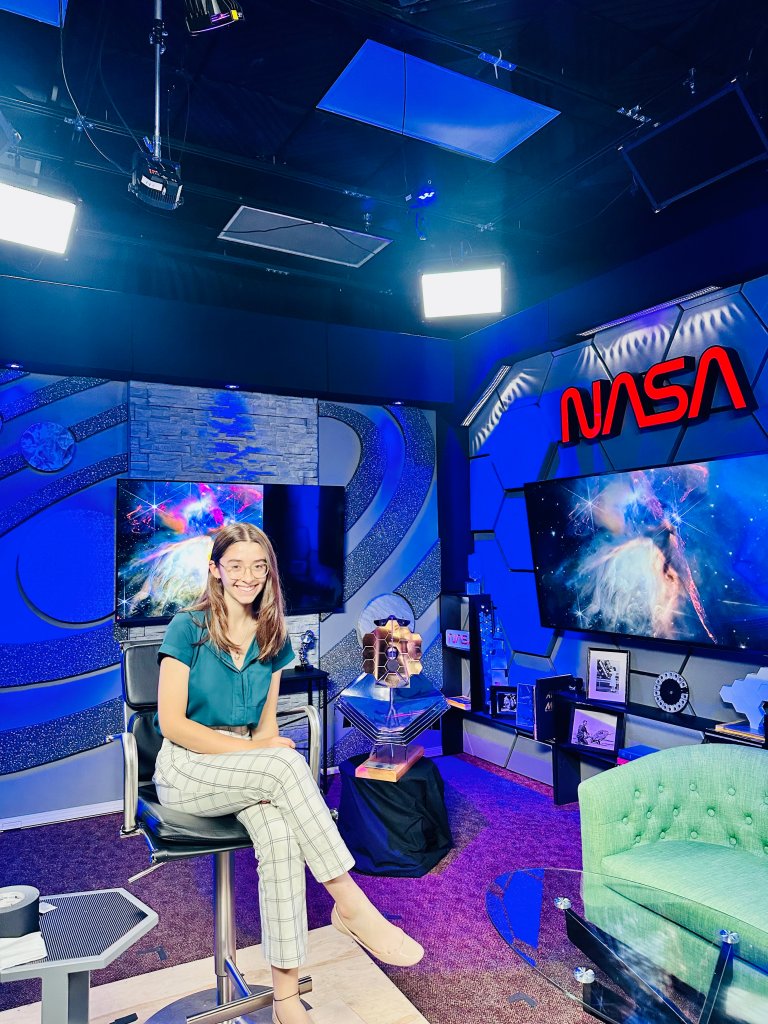
Navigating the complexities of interviewing subject matter experts proved to be a challenge for Lowe, especially within the NASA environment. Lowe turned to her mentors, Science Writer Ashley Balzer and Social Media Lead Courtney Lee, for help. Their expert guidance played a crucial role in easing Lowe’s nerves and enhancing her ability to engage effectively with NASA’s scientific elite.
“Having one-on-one conversations with acclaimed scientists was honestly intimidating,” Lowe said. “It took careful practice, such as conducting several mock interviews with my mentors to feel more at ease when doing the real thing.”
Benefiting from her practice with her mentors, Lowe reflects on some of her favorite pieces. She produced a piece for “Conversations with Goddard” focused on Melissa Harris, a propulsion engineer working on the Roman telescope. Additionally, she authored several articles highlighting the science within NASA.
“I am especially proud of my article on the handheld spectrometer because of the sheer number of logistics I orchestrated,” she said. “Drafting that article felt like completing a 1,000-piece puzzle. I conducted interviews with seven subjects, the most I’ve done for a single story to date.”
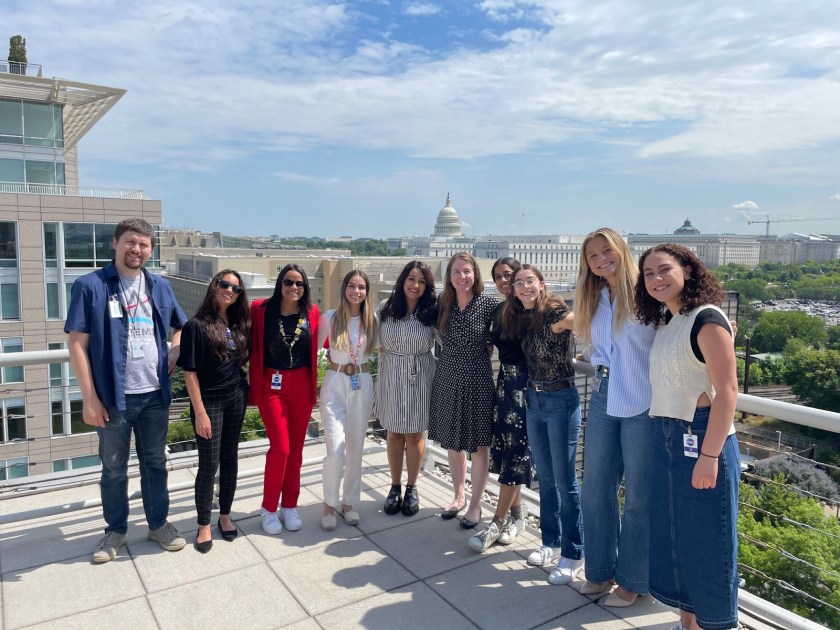
Lowe’s internship served as a pivotal moment for her professional journey. She reflects on the wealth of skills she acquired during her session that paved the way for her to grow as a science writer and a young professional.
“I adopted the concept of ‘familiar novelty,’ as cohort guest speakers and authors Howard Mansfield and Sy Montgomery put it. It’s a delicate balance emphasizing the new and exciting parts of a story while using techniques like analogies to make it understandable or familiar to the reader.”
At NASA, Lowe uncovered a new direction for her future, sparking a passion for government and public work in science communication. Her time at the agency proved transformative, solidifying her career ambitions, and illustrating the profound impact of bridging scientific knowledge with the public.
“This opportunity was a powerful way to solidify my ambitions and aspirations, as well as to demonstrate how working in this field benefits society,” Lowe said. “Everyone deserves to be empowered with an understanding of how the world works, and I admire NASA’s fantastic science writers, who act as vital liaisons between scientists and the general public, for helping make that possible.”
Gracie Glover/NASA Headquarters

